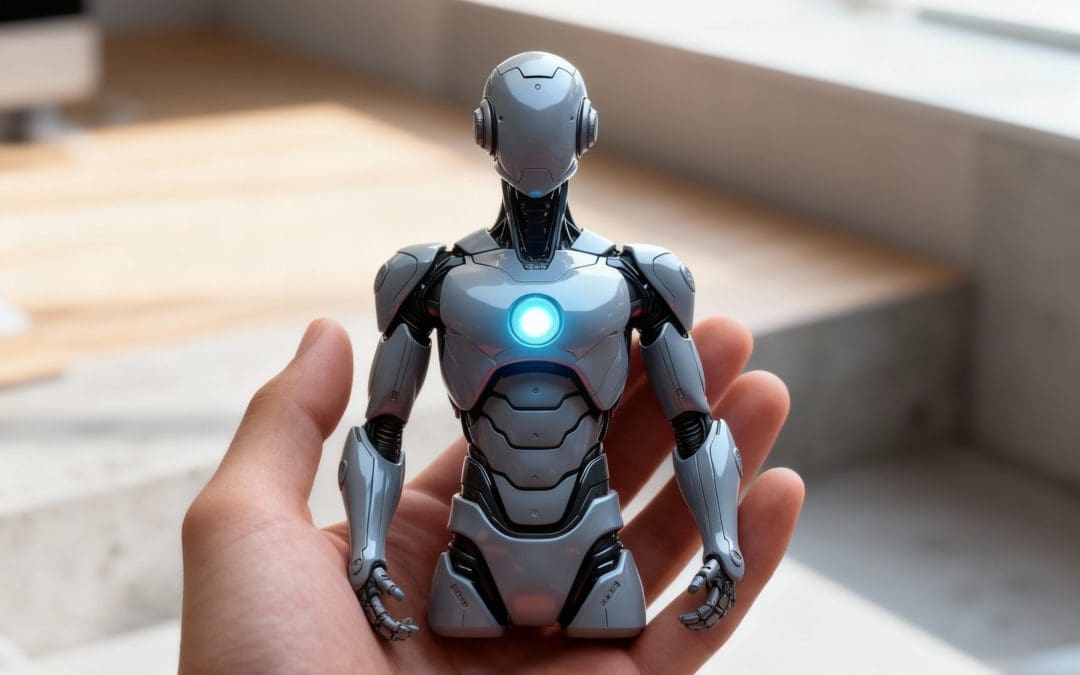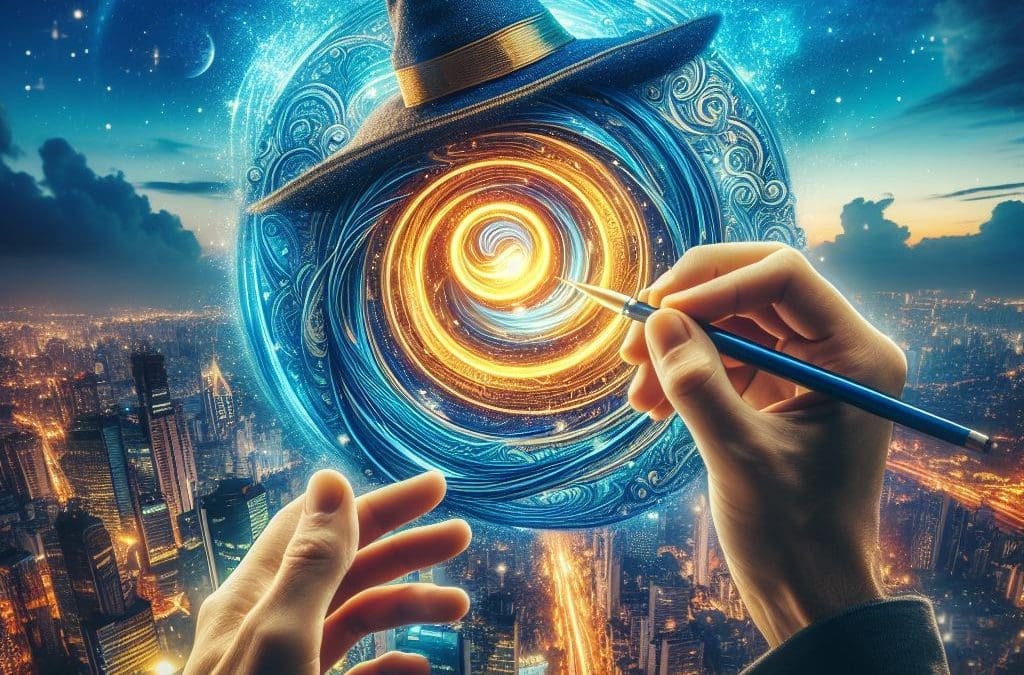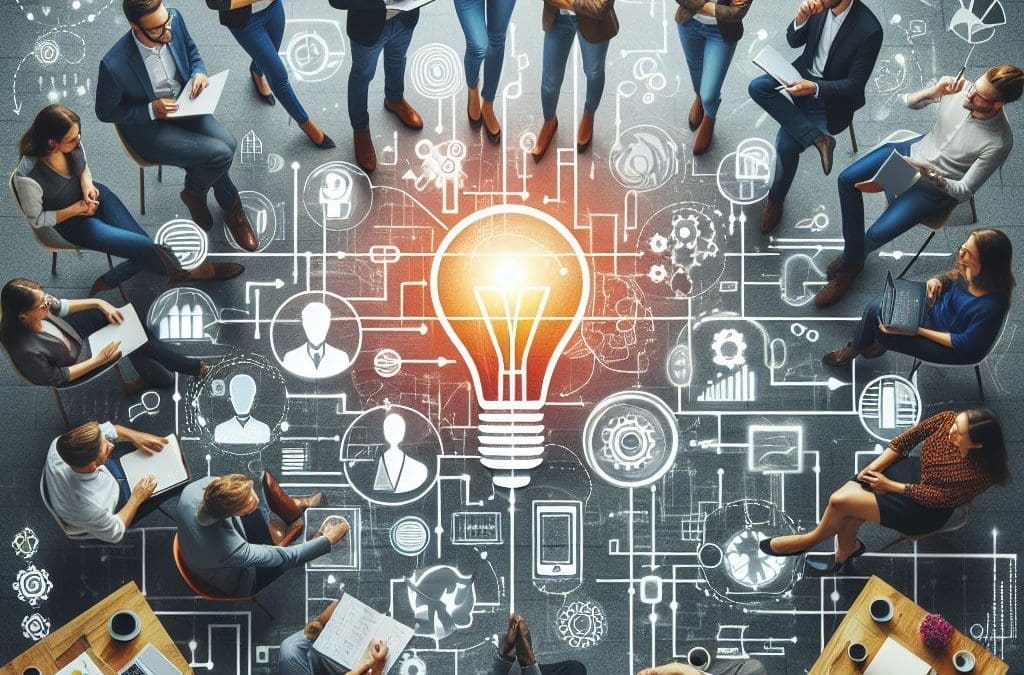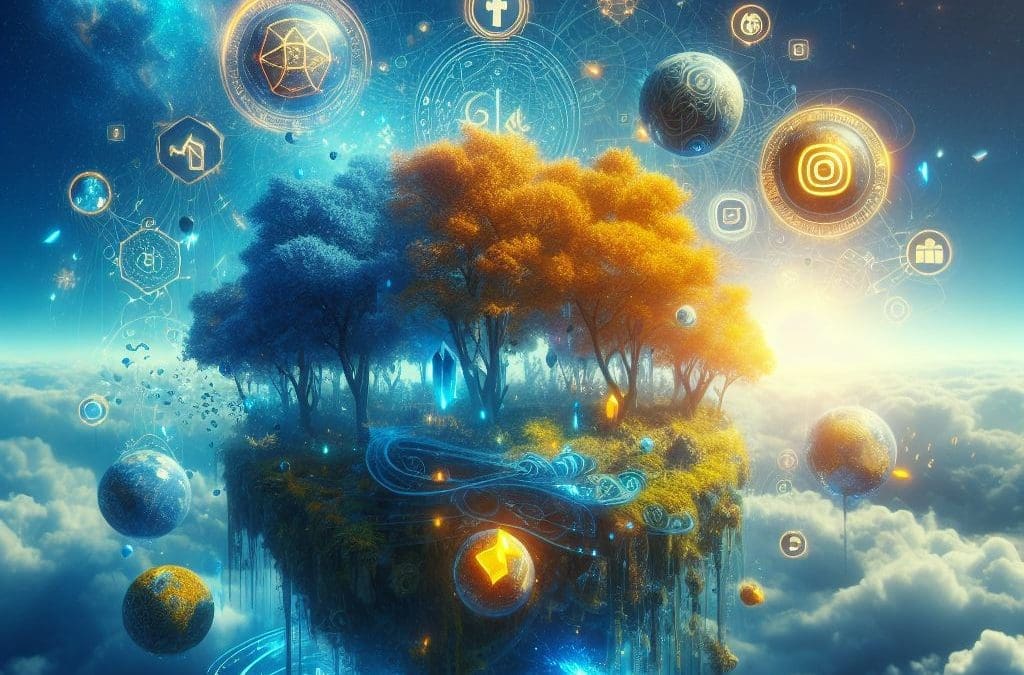For decades, creativity has been described as a distinctly human trait — the spark that allows us to imagine, design, and tell stories that move people. But in the last few years, artificial intelligence has entered the creative arena, not as an imitator, but as a collaborator. This shift has triggered both excitement and anxiety: Will machines replace human imagination, or will they extend it?
At The Wizards, we believe the answer is clear. AI isn’t replacing creativity — it’s redefining it.
The New Shape of Creative Intelligence
Traditional creativity relied on intuition, experience, and experimentation. AI adds something new: acceleration, synthesis, and precision. With the right guidance, AI doesn’t generate art in isolation — it becomes a mirror that reflects and amplifies the human imagination behind it.
Instead of asking “What can AI create on its own?”, the better question is “What can humans create with AI that they couldn’t before?”
Designers can now explore dozens of visual directions in hours, not weeks. Writers can iterate on tone and structure instantly. Filmmakers can visualize storyboards before a camera rolls. This isn’t automation; it’s augmentation — a creative process enriched by intelligence that learns, adapts, and collaborates.
Collaboration, Not Competition
The fear of replacement often comes from misunderstanding what creativity really is. True creativity is not the output; it’s the process of connecting ideas in new ways. AI, for all its capability, lacks context, emotion, and lived experience. What it offers is capacity — the ability to process vast patterns and propose directions we might not have considered.
When artists, strategists, and brands work with AI, they’re not handing over the creative process; they’re extending it. The best results happen when intuition leads and technology follows — when human vision shapes the algorithms rather than being defined by them. In that partnership, creativity becomes both more efficient and more profound.
A Redefinition in Motion
This redefinition is already visible across industries. Architects are using AI to model sustainable spaces guided by real-world data. Musicians are generating new harmonies through pattern recognition. Marketers are crafting campaigns informed by predictive insights rather than assumptions. What unites these examples isn’t the technology — it’s the people behind it, using AI as a tool for greater clarity, relevance, and imagination.
In this new landscape, creativity is no longer confined to what one person can conceive, but expanded by what intelligent systems can suggest. The role of the creator evolves: from originator to orchestrator, from maker to conductor of ideas across human and machine intelligence.
The Wizards Way
At The Wizards, we see this fusion as the future of creative work — a balance between analytical precision and artistic intuition. Our approach combines the best of both worlds: data-driven insights that guide creative direction, and human expression that gives it meaning.
Every campaign, design, and story we craft is grounded in the belief that technology should enhance creativity, not dilute it. The goal isn’t to make machines think like us — it’s to make us think in new ways through them.
The Next Creative Era
The conversation around AI and creativity often revolves around what might be lost. But perhaps the better focus is on what’s being gained — new forms of collaboration, new tools for expression, and new definitions of authorship. As the boundaries between human and machine blur, creativity itself becomes a more dynamic, inclusive field — one that welcomes both instinct and intelligence.
AI hasn’t come to replace the artist. It has come to remind us what artistry truly is: the ability to imagine beyond the tools we have. And for the first time in history, those tools can imagine back.
